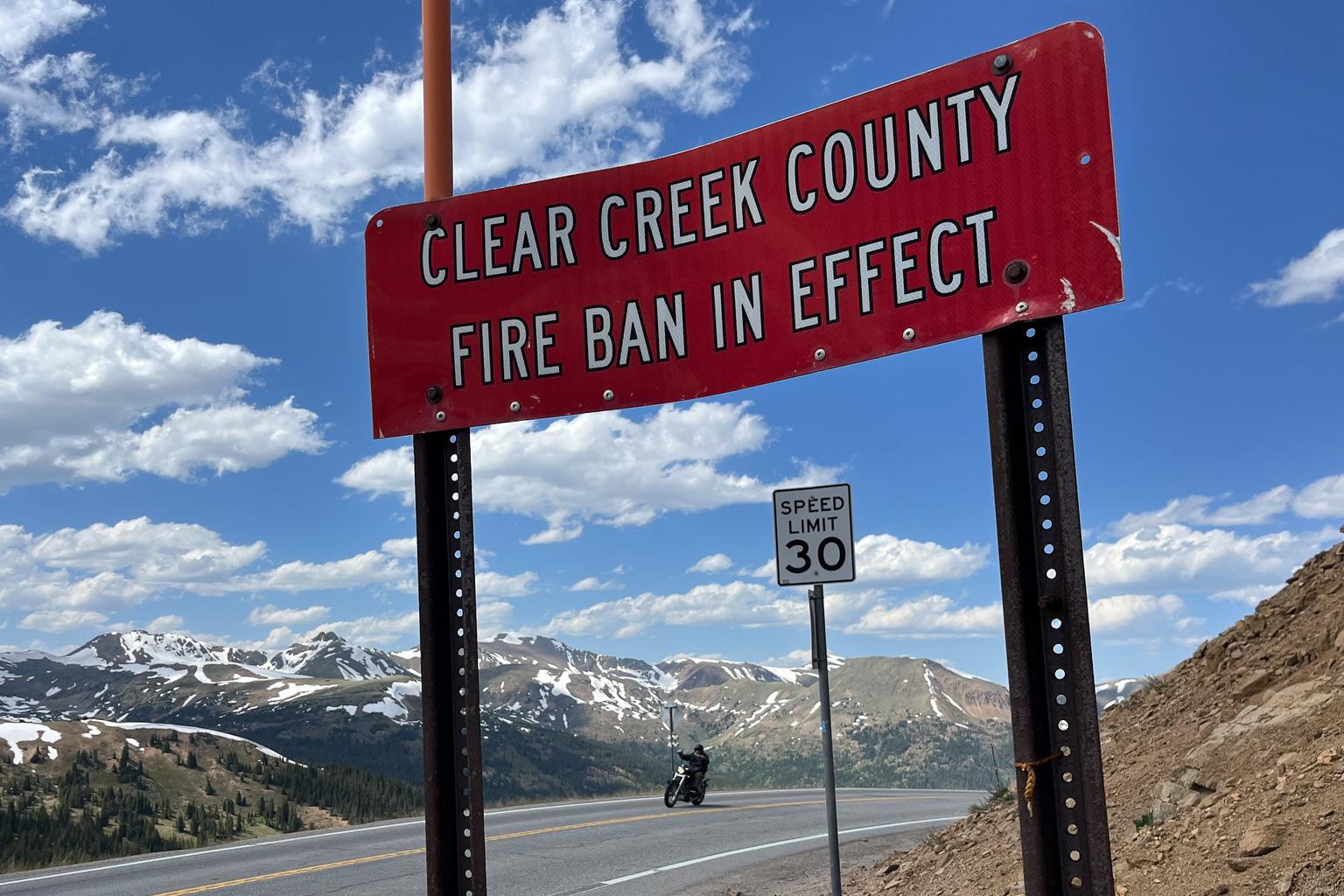
Traffic fatalities in Colorado fell 21 percent through mid-April, compared to the same time last year, with across-the-board declines for almost every major cause and in many different counties.
There were 130 total traffic fatalities in Colorado through mid-April, down from 164 during the same period in 2024. That includes a 19 percent decline in impaired driving deaths, a 22 percent drop in distracted driving deaths, and a 26 percent decline in speeding-related deaths.
“The simple answer is that people are driving more safely,” said Sam Cole, traffic safety manager with the Colorado Department of Transportation. “They're not driving impaired quite as much, their speeds are down, they're less distracted.”
Cole said that if the fatality numbers continue on this trend it will be the third year in a row that traffic deaths fell in Colorado since peaking in 2022.
Cole credited recent changes to state law, like banning the holding of cellphones while driving, which went into effect at the start of the year. Another law, cited by Cole, instituted a raft of child safety restrictions on Jan. 1, like requiring children in booster seats until 9 years of age, and requiring booster seats be in the back seat.
“Really it’s a combination of many things going on,” said Cole. “It’s better enforcement, more robust enforcement on our roadways, education campaigns, as well as just engineering improvements that we're making to our roadways.”
The drop in fatalities occurred all along the Front Range: El Paso County saw a 50 percent decline, Larimer County deaths fell from 11 to five, and nine fewer people died in Adams County compared to last year.
There was a 70 percent drop in teen road fatalities, but according to Sam Cole at CDOT, that’s largely because the number of deaths were so high the previous year. This year’s data doesn’t reflect deaths like on Wednesday, when a 17-year-old driver was killed and six others injured in Thornton.
According to the Thornton Police Department, an officer attempted to initiate a traffic stop around 4:40 p.m., the driver failed to yield and crashed into multiple vehicles at a nearby intersection. The 17-year-old driver died at the scene and one other person was in critical condition as of Thursday.
And some counties continue to struggle with traffic deaths, even as the state sees improvement. The 15 traffic deaths in Denver are equal to last year, and Douglas County had eight deaths, up from just one at this point a year ago. Douglas County had the second most speeding violations in Colorado last year, according to data from the Colorado state patrol.
Colorado’s overall decline in traffic deaths tracks with national trends. Preliminary data from the U.S. Department of Transportation projected that 39,345 people died on the roads last year, a 3.8 percent drop compared to 2023. Deaths began declining in 2022, according to the data.
“It’s encouraging to see that traffic fatalities are continuing to fall from their COVID pandemic highs. Total road fatalities, however, remain significantly higher than a decade ago, and America’s traffic fatality rate remains high relative to many peer nations,” National Highway Traffic Safety Administration Chief Counsel Peter Simshauser said in a statement issued earlier this month.
The agency found that vehicle miles traveled actually increased nationally last year, even as deaths declined.
Cole, the Colorado safety manager, said that the concern now is what’s known as the “100 deadliest days of summer” — the time between Memorial Day and Labor Day during which traffic deaths rise significantly. More people are on the road, with more drinking and other partying as the weather gets better.
“We definitely see a spike in traffic deaths,” said Cole. “So this is encouraging to see, but we really want people to keep up the good behaviors so that we don't end the summer on the wrong side of this issue.”
- What to do if you spot a driver ‘rolling coal’ on Colorado roads
- Colorado motorcyclists can legally pass stopped cars starting today
- Morrison’s new speed cameras seem to be working
- Is it time to ban trailer trucks during ski traffic rush hours on I-70?
- Would a roundabout make this downtown Colorado Springs intersection safer?
- Aircraft in Colorado really do check how fast you drive. Here’s how
- What drivers should know about Colorado’s new ‘hands-free’ cellphone law








